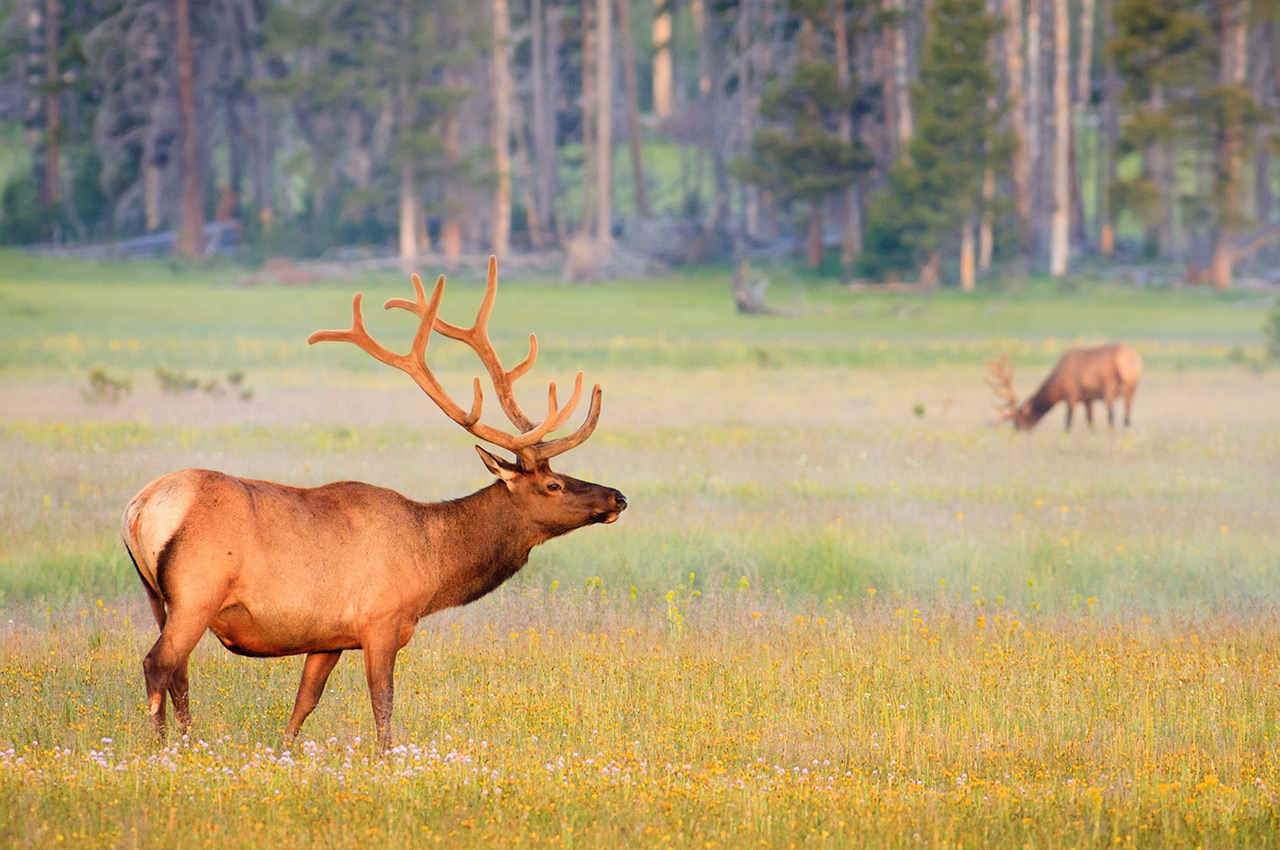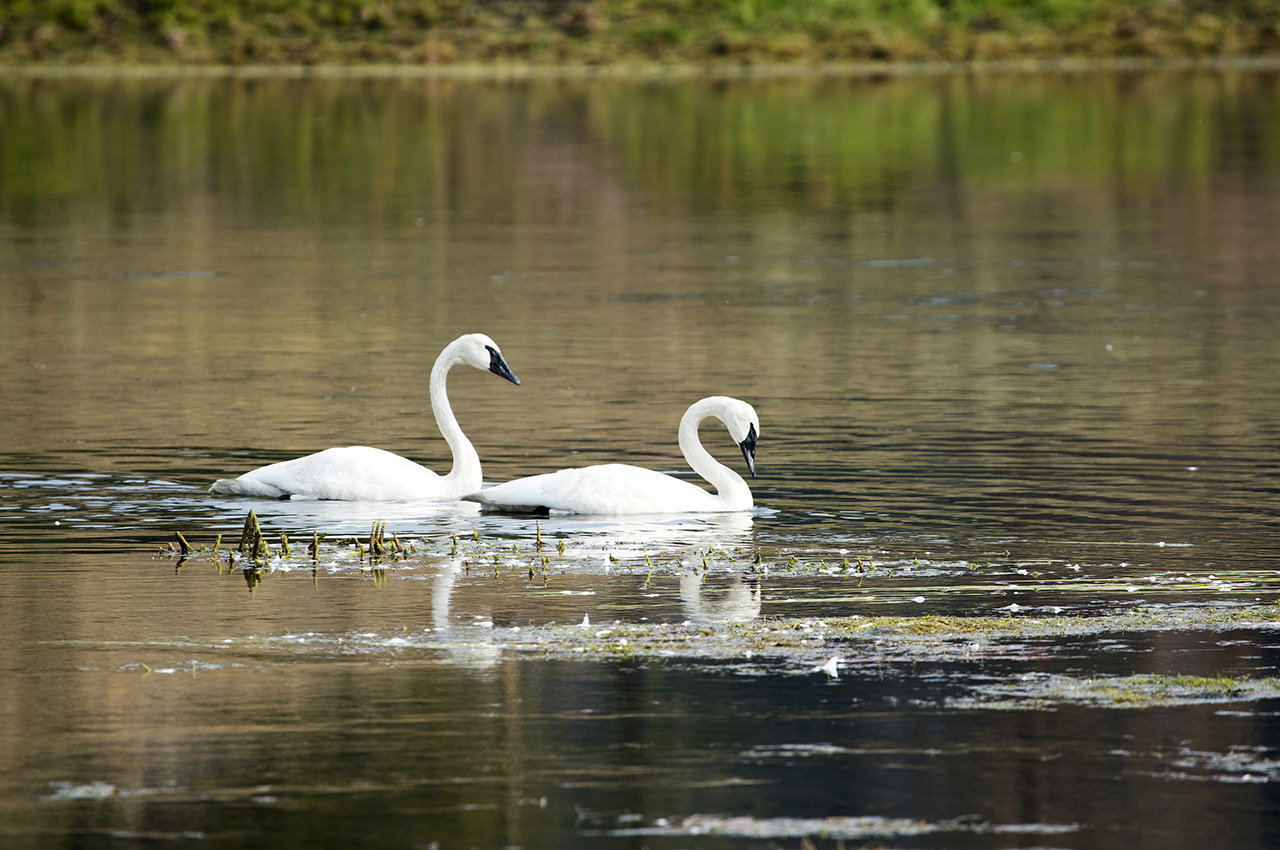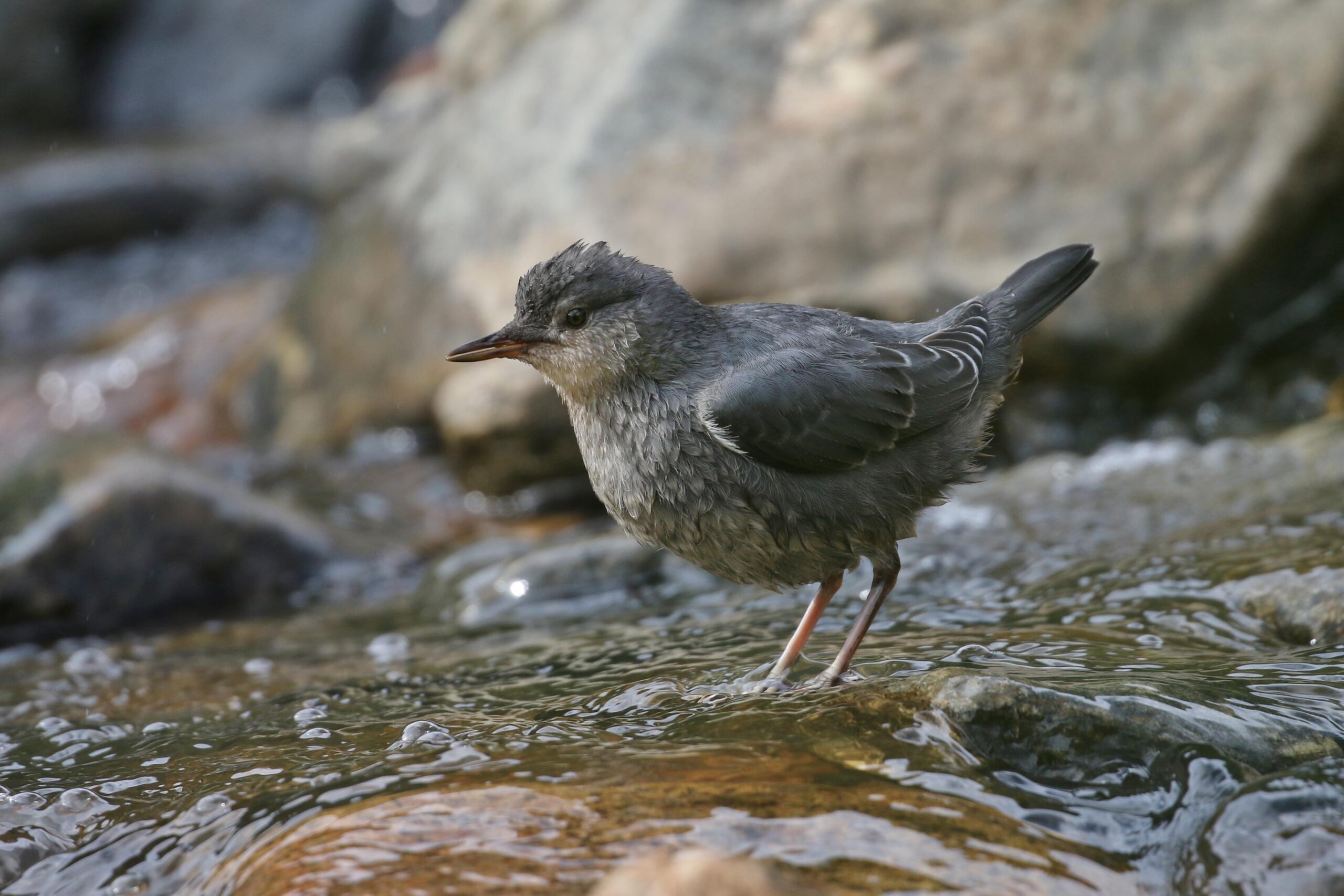Some locations in Yellowstone National Park seem other-worldly: massive rock formations oozing with snow-white minerals; barren rocky slopes emitting steam; smelly ponds of mud unpredictably spitting boiling blobs into the air; hot-water springs in vibrant, rainbow colors; and geysers everywhere, large and small, spraying steaming water skyward. There literally is no place on Earth like Yellowstone—yet it is the geology of this Wyoming volcanic caldera that is so strange. It is the earth itself that is otherworldly here.
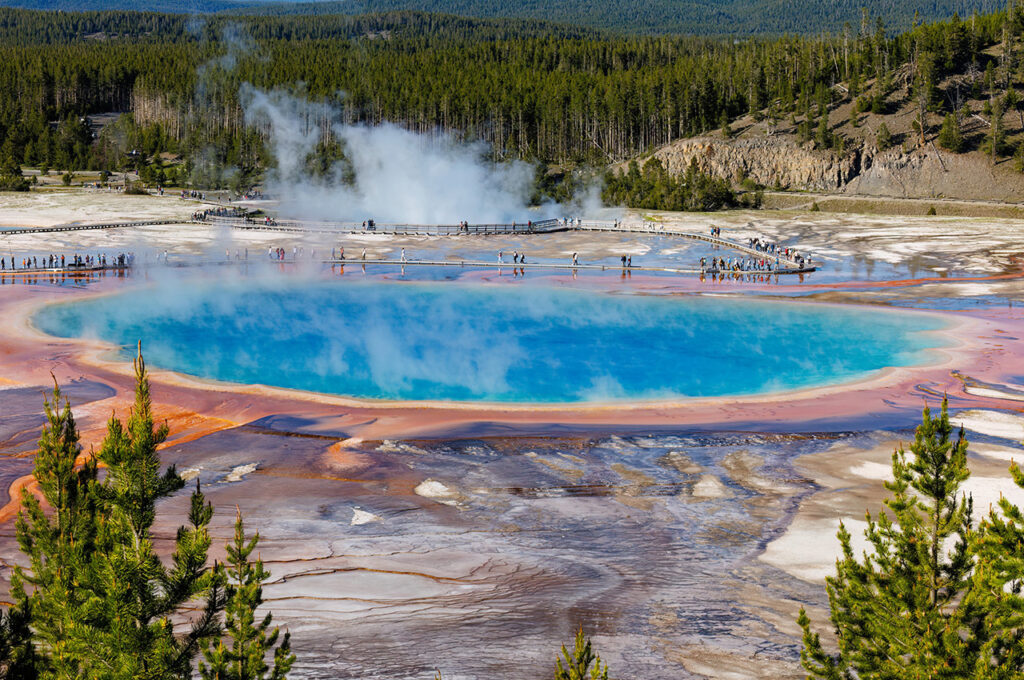
My otherworldly visit to Yellowstone a few years ago started with a mind-blowing visit to outer space. We camped in Shoshone National Forest northeast of the park before entering the next day. I had never seen such dark skies—dark except for the millions of twinkling stars and the spectacular Milky Way on display in front of me. On that moonless night in early August, the Perseid meteor shower was more thrilling than a fireworks display. There’s one! There’s one! There’s one—every few seconds! I had never seen, never imagined anything like that sky. It was on that magical night that I discovered how useful binoculars are for night-sky watching–not for the shooting stars, but for seeing millions more stars I was unable to see with my naked eye. It was astonishing. Dark skies are endlessly fascinating, and skies as dark as that one are exceedingly rare.
Yellowstone is vast, at 2.2 million acres (3,400 square miles, or 8,900 square km), encompassing three states (primarily Wyoming, but also Montana and Idaho). The unique hydrothermal geologic features are primarily within the caldera—the rim of a dormant volcano, which occupies the central area of the park. The caldera itself is about 37 miles (60 km) long, and 18 miles (29 km) wide. That is where you’ll find Old Faithful geyser, the Grand Prismatic Spring, Artists Paintpot, the Mud Volcano, and other famous hot spots.
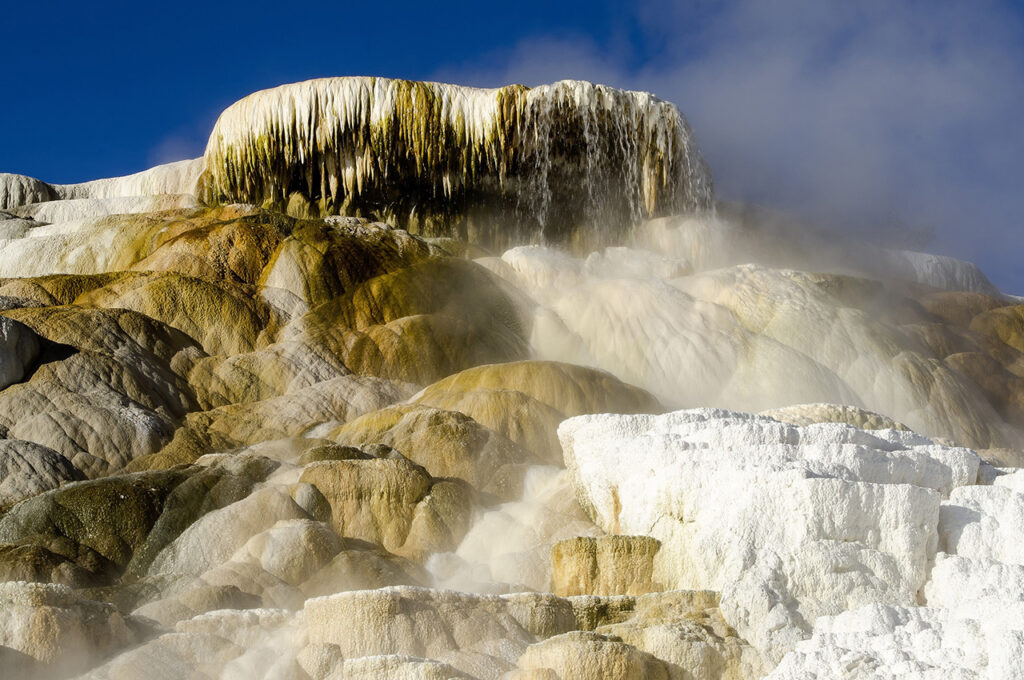
It’s not just those named places that are strange, fascinating, and often beautiful, though. Just driving the roads through the park, the landscapes out the window are diverse and fascinating, and beckon you to stop and explore, or at least admire. Wildlife frequently causes traffic jams. Small bridges cross streams and lakes of unexpected, vivid colors. The vistas, the winding streams, the distant snow-capped peaks, the waterfalls—it is impossible to take it all in.
Visitors and traffic can be dense, especially at the iconic spots, but beyond the caldera is glorious solitude, forests of grand Douglas fir, and amber waves of native meadows—the majesty of earth and its biodiversity. My friends and I backpacked into the Slough Creek area, which is known bear habitat. We wore bells on our belts, hoping any nearby ursids would hear us coming and shy away. Our noise didn’t scare away the bull Moose as it ran through the grassy plain on the far side of the wide creek basin, or the Northern Harrier as it hunted low above the ground near the stream. Distant mountains and walls of evergreen forest provided a beautiful view in every direction. There, I was entirely removed from civilization, entirely free from the expectations, the pressures, the routines of daily life, and the mindset we don like shoes every day. We were never more than 10 miles from a paved road, but we were truly remote, away.
Above the rushing waters of nearby streams, we heard the cronk of Common Ravens and had to shoo off a persistent Clark’s Nutcracker from our food pack. At night, we hung that stash high above the ground and far from our campsite because of bears. Maybe thanks to our bells, we didn’t encounter any bears along Slough Creek, and I suppose that’s a good thing. Both Black and Grizzly Bears are residents of Yellowstone.
Being an easterner, so much of the flora was new to me, but I was focused more on birds and mammals and the crazy geology than the lovely pink, purple, and blue wildflowers in the meadows and at forest edge.
Yellowstone is famous not only for its geology, but also its wildlife—especially megafauna. Driving the roads of Yellowstone, stopping often to check out the countless geologic features, and on day hikes on loop trails, including many on boardwalks, we encountered Mule Deer, Elk, distant American Bison, Yellow-bellied Marmots, Mountain Bluebirds, Canada jays, a porcupine in a tree right above us, pronghorn, trumpeter swans, American White Pelicans, Violet-green Swallows, Dusky Grouse, Black-billed Magpies….I could go on and on. My expectations were abundantly exceeded.
There is much to see and do at Yellowstone, and the six days I spent in the area were not enough. Old Faithful seems to get top billing, but it was the Grand Prismatic Spring that took my breath away. How could a geologic formation be that colorful? Its cobalt blue water is surrounded by a ring of kelly-green, then dandelion-yellow, and red-orange rivulets flow away from its center. A must-see, for sure. This is not the Earth I know.
Truly, there is no place like it on Earth.
